April 2024 Archive — Art & Architecture Highlights
April brought a tight mix of history, theory, and hands‑on design advice to Macklowe Art & Architecture. You’ll find deep looks at old masters and ancient builders alongside practical pieces on bathrooms and furniture, plus forward‑looking essays on High‑Tech and Neo‑Futurist cities. Below I sum up the key ideas and give simple actions you can take from each piece.
What the articles cover
We opened with the Renaissance — not just art history, but how that period kick‑started modern thinking in science and humanism. If you want a quick takeaway: study Renaissance observation and proportion to improve composition in art or design sketches.
Several posts trace older architectural languages. Greek Revival and Ancient Rome pieces explain clear visual cues — columns, pediments, arches, vaults — and why those elements still signal authority and balance in public buildings today. Use them sparingly to lend formality or civic weight to a design.
Art Nouveau explored ornament and biomorphic lines, useful when you want organic detail rather than strict geometry. The article shows how curves and natural motifs soften façades and interiors without losing cohesion.
On the modern side, Constructivist ideas are popping back into contemporary work: bold geometry, exposed structure, and social purpose. Think of using visible supports and graphic forms when you want a building to read as both functional and political.
High‑Tech architecture is covered as a systems approach: treat buildings like machines that need performance, adaptability, and clear service routes. That mindset helps on retrofit jobs where you must make old buildings smarter and greener.
Neo‑Futurism looks at cities that combine sustainability with expressive forms. The key point: merge climate goals with bold design, not as an add‑on but as the driving idea from master plan to façade.
Practical tips and quick wins
For interiors, the mid‑century modern bathroom guide gives straightforward choices: clean lines, mixed materials (wood + tile), and fixture cadence. You can apply those rules even in tiny remodels to get a coherent vintage look with modern function.
The mid‑century furniture piece explains investment basics: check maker marks, condition, and provenance. Prioritize iconic pieces from known designers and learn basic restoration to protect value.
Across these posts one theme repeats: combine thoughtful history with clear function. Use historical details as tools, not decorations, and let technology solve real performance problems. If you’re designing, renovating, or just curious, pick one idea from these posts to test this month — explore proportion, expose a structural element, or swap one fixture for a mid‑century original.
Want specific links or a quick checklist for a project inspired by these articles? Say which post caught your eye and I’ll pull together tailored steps you can follow this week.
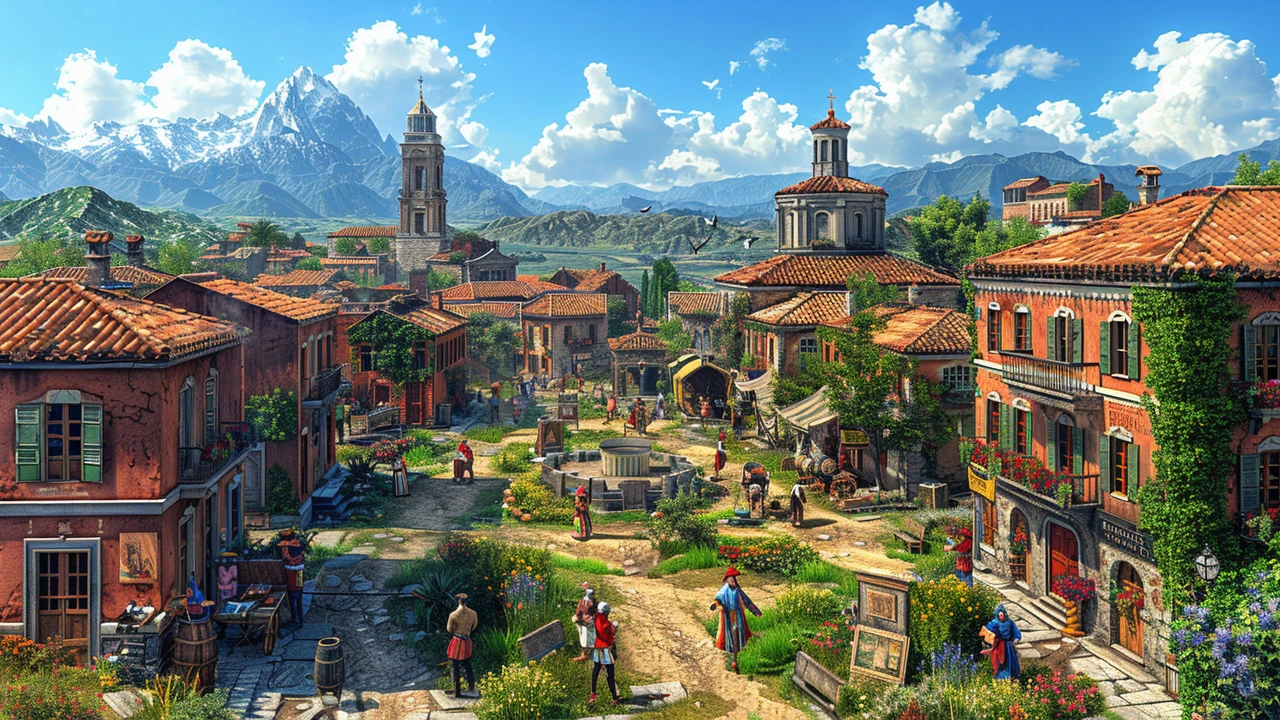
The Renaissance Era: Unveiling the Dawn of Modern Civilization
The Renaissance marks a pivotal period in human history, known for its profound impact on art, science, and culture, leading to the foundational aspects of the modern era. This era, blossoming in Europe between the 14th and 17th centuries, fostered the revival of classical learning and wisdom. It saw the rise of influential figures such as Leonardo da Vinci and Michelangelo who not only transformed the arts but also encouraged a spirit of humanism. The Renaissance also set the stage for the scientific revolution, altering humanity's view of the world and itself.
Read more
Exploring Constructivist Architecture in Contemporary Design Trends
This article delves into the resurgence and adaptation of Constructivist architecture within modern design landscapes. It explores the historical roots of this style, its defining characteristics, and how contemporary architects are integrating Constructivist principles into innovative projects. The discussion extends to practical ways this architectural technique is influencing current design trends, with specific examples illustrating its impact and relevance.
Read more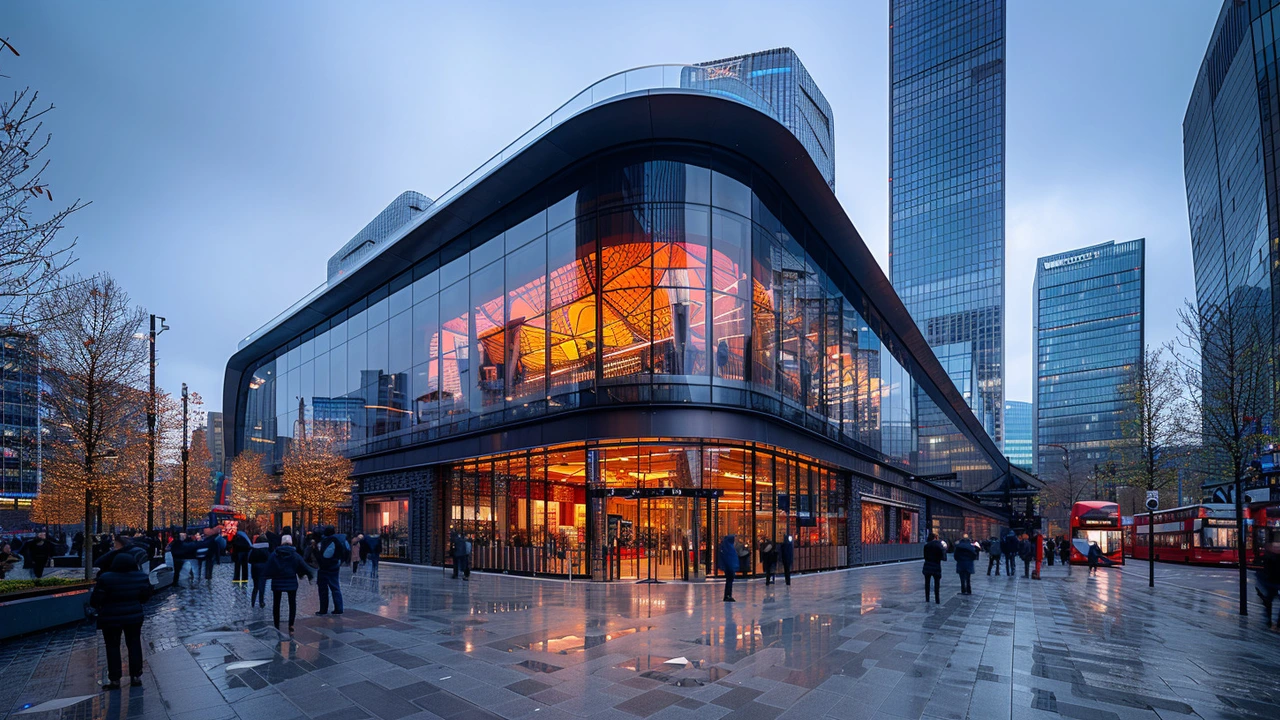
Exploring High-Tech Architecture: A Blueprint for Tomorrow's Technological Utopia
High-Tech architecture integrates advanced technological features into the design of buildings to create spaces that are not only visually striking but functional and sustainable. This article explores the essence of High-Tech architecture, its origins, significance, and potential evolution. The principles of this architectural style are broken down, and exemplary structures that epitomize High-Tech ideals are discussed. Finally, potential future trends in High-Tech architecture are envisioned, offering insights into how this style may evolve to meet the needs of a high-tech, sustainable world.
Read more
Exploring Art Nouveau Architecture: Beauty and Innovation in Design
This article delves into the enchanting world of Art Nouveau architecture, a movement that redefined aesthetic norms and integrated nature with structure. It explores the origins of this unique style, its characteristics, and its profound influence on the architectural landscape. Through examining iconic examples, the piece highlights how Art Nouveau remains relevant and continues to inspire artistic freedom in contemporary design.
Read more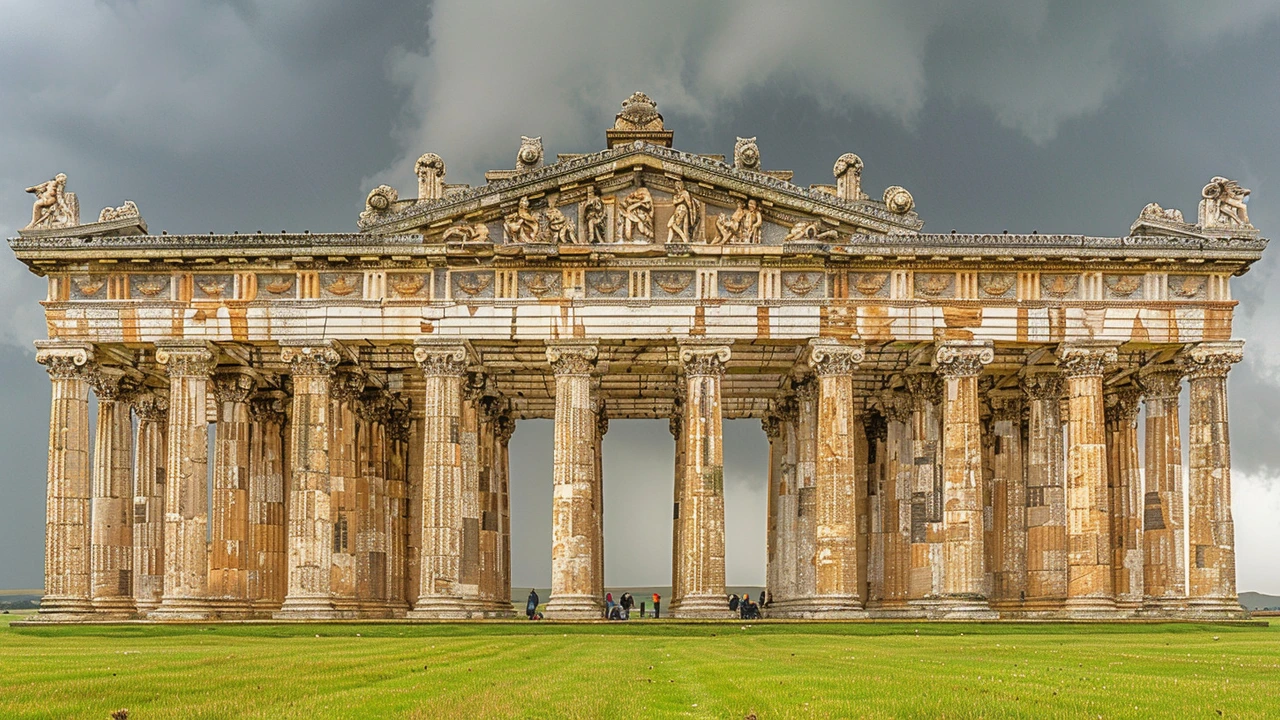
Exploring the Beauty and History of Greek Revival Architecture
This article delves into the captivating world of Greek Revival architecture, a design style that mimics the grandeur of ancient Greek structures. It discusses the origins, characteristics, and enduring influence of this architectural style in modern designs. The article also provides insights on how to identify Greek Revival features and their significance in the historical context of architecture.
Read more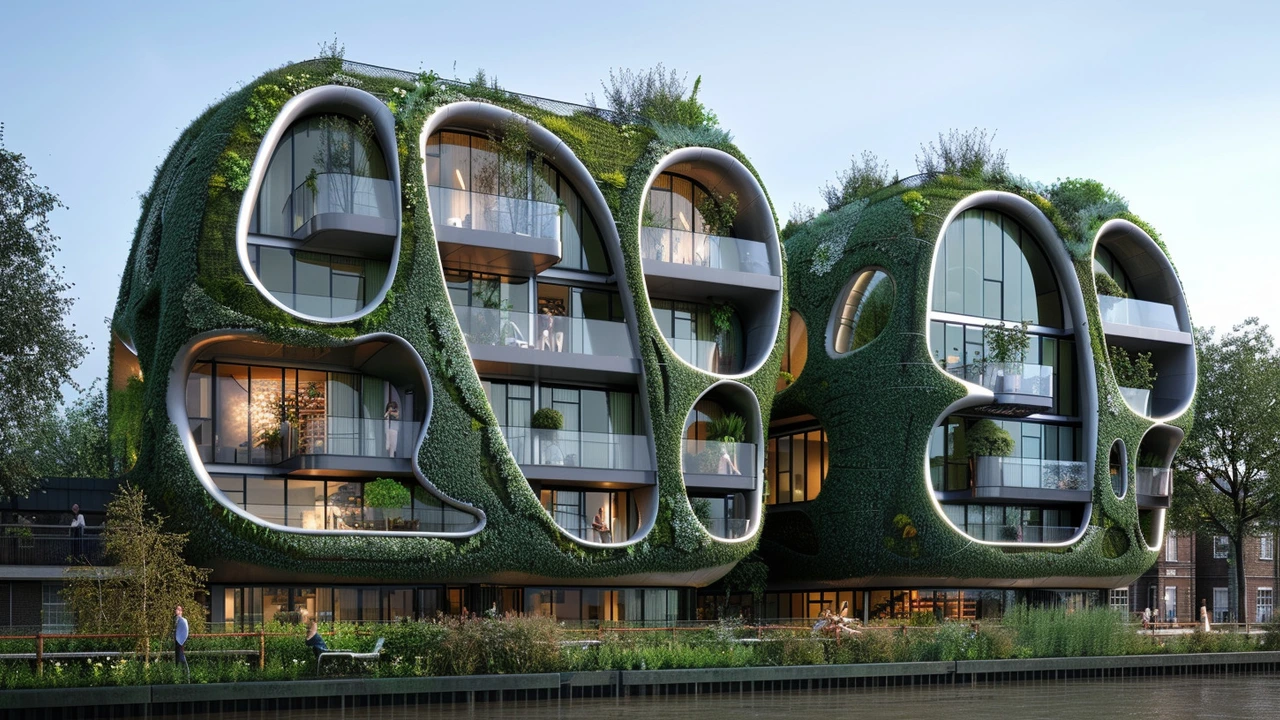
Neo-Futurism in Urban Development: A Pathway to Sustainability
In the quest for sustainable city landscapes, Neo-Futurism emerges as a beacon of hope and innovation. This article explores how Neo-Futurism, with its forward-thinking designs and technology-driven solutions, is revolutionizing urban planning and architecture. It delves into the crucial role of Neo-Futurism in creating sustainable, efficient, and aesthetically pleasing urban environments for the future. Readers will uncover the principles underpinning this movement, its benefits for urban development, and real-world applications that demonstrate its potential in crafting the cities of tomorrow.
Read more
Exploring the Architectural Brilliance of Ancient Rome
Dive into the inventive world of Ancient Roman architecture to uncover the ingenuity behind their building techniques and designs. From the awe-inspiring Colosseum to the ingenious aqueducts, this article reveals how the Romans were not just builders but visionaries. It explores the legacy they left in the architectural domain, demonstrating their influence on modern buildings. Get ready to be mesmerized by the genius of Roman architecture and its impact on the world.
Read more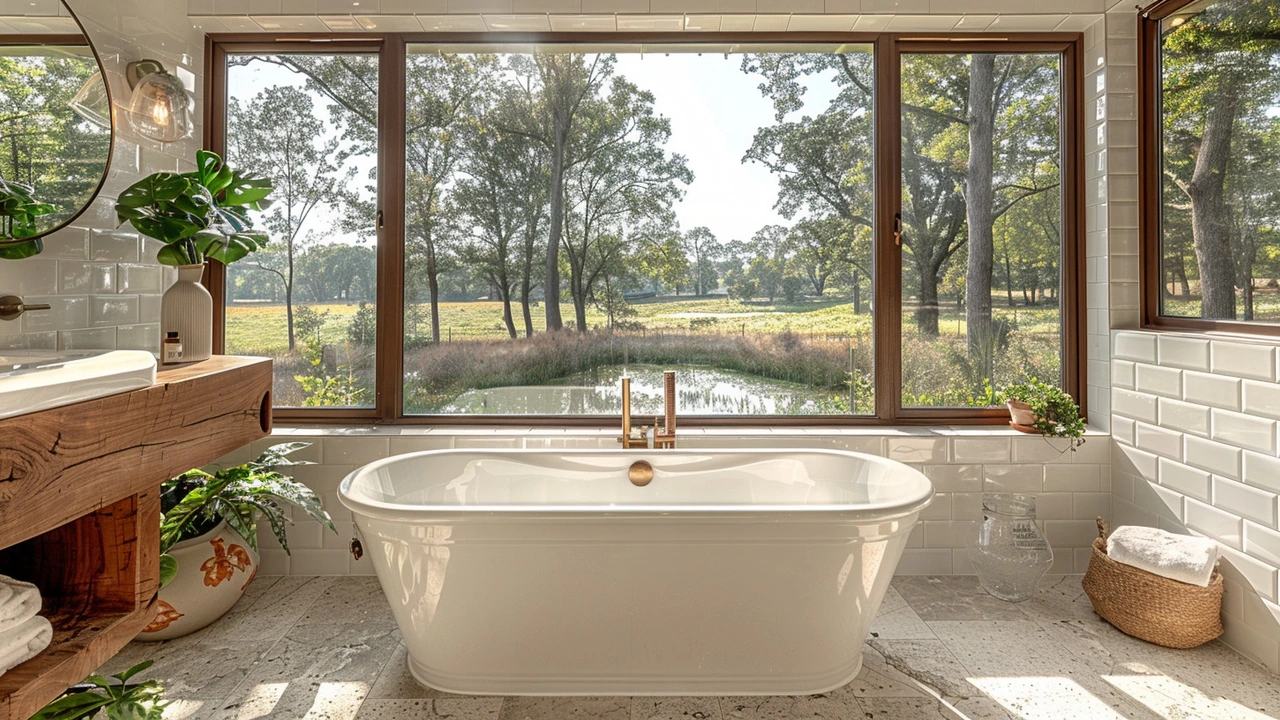
The Ultimate Guide to Mid-Century Modern Bathrooms: Style Meets Functionality
Discover the timeless appeal and practicality of mid-century modern bathrooms in this comprehensive guide. Learn how to blend vintage charm with modern conveniences for a space that's both stylish and functional. From selecting the right colors and materials to choosing the perfect fixtures and accessories, this article will walk you through everything you need to know to create a stunning mid-century modern bathroom.
Read more
Why Investing in Mid-Century Modern Furniture Is a Wise Choice for Your Home
Exploring the realm of mid-century modern furniture as an investment brings to light the timeless appeal and financial benefits this style offers. This article delves into the history and resurgence of mid-century modern aesthetics, emphasizes the importance of authenticity in investments, and offers practical tips for identifying and maintaining valuable pieces. Furthermore, it highlights the role of sustainability and the emotional connections that enhance the worth of these items, ultimately making a case for mid-century modern furniture as a smart financial and aesthetic choice for contemporary homes.
Read more